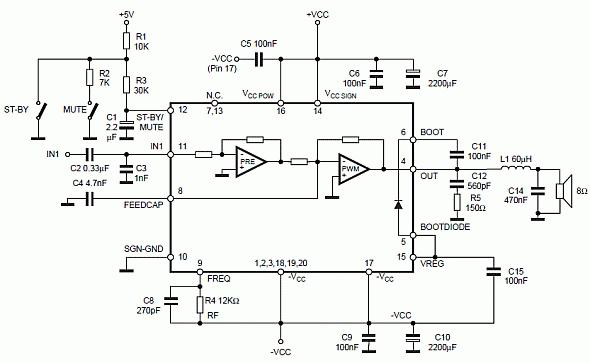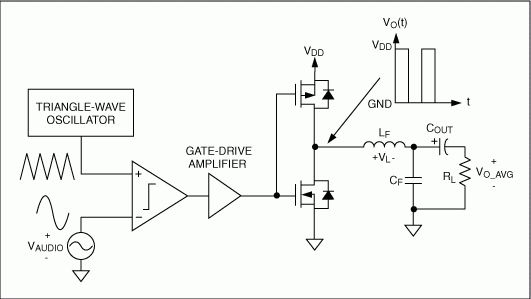A sound amplifier of the D-class is a device designed to reproduce the signal applied to the input of the device using the elements of the input circuit, with a given level of volume and power, with a minimum value of energy dissipation and distortion. The use of such amplifiers began in 1958, but recently their popularity has increased markedly. Why is a D-Class amplifier so good? In this article we will try to answer this question.
In a conventional amplifying device, the output stage is built on semiconductor transistor elements. They provide the required output current. Many audio systems have Class A, B, and AB amplifier stages . Compared with the output stage implemented in class D, the power dissipation in the linear stages is significant even with perfect assembly. This factor provides Class D with a significant advantage in most applications, as a result of low heat dissipation, small overall dimensions, low cost of the product, and increased device life.
Class D sound amplifiers have much less power dissipation than Class A, B, and AB amplifiers. The keys in the output stage of such an amplifier connect the output, the negative and positive power buses, thereby creating a series of pulses with positive and negative potential. Due to the shape of such a signal, the D-class amplifier significantly reduces the dissipated power, because in the presence of a potential difference, the current practically does not pass through the output transistors (the transistor is in the closed state). If the transistor is in open mode and current flows through it, a slight voltage drops across it. The instantaneous power dissipation is then minimal.

Despite the fact that a Class D power amplifier dissipates a small amount of thermal energy compared to linear amplifiers, there is still a danger of overheating the circuit. This can happen when the device is running for a long time in full power mode. To prevent this process, it is necessary to include temperature control circuits in the D-class amplifier. In elementary protective circuits, the output stage is switched off when its temperature measured by the built-in sensor exceeds the temperature threshold and does not turn on until the temperature drops to normal. Of course, it is possible to apply more complex circuits for temperature control. For example, by measuring temperature, control circuits can gradually lower the volume, thereby lowering the heat generation, as a result, the temperature will be kept within the required limits. The advantage of such circuits is that the device will continue to work and will not turn off.

Amplifiers of the D-class have a drawback - when you turn the device on and off, it generates clicks and pops that can annoy users. This effect can occur in the case of “aging” or installation of a poor-quality modulator, as well as synchronization of the output stage with the state of the LC filter during switching the device on and off.